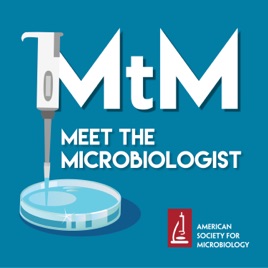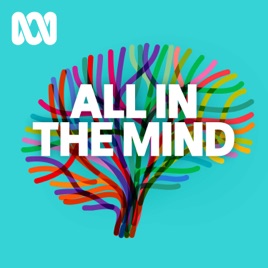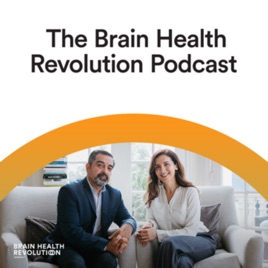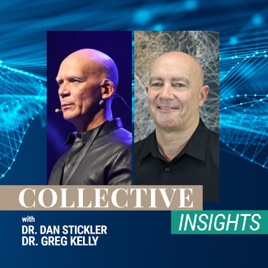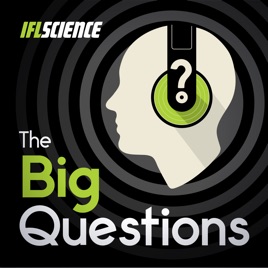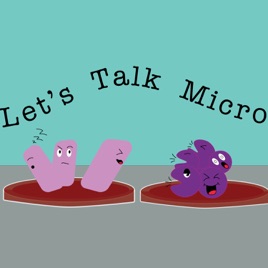IBS Biomarkers and Diagnostic Diapers With Maria Eugenia Inda-Webb
2023/09/22
Dr. Maria Eugenia Inda-Webb, Pew Postdoctoral Fellow working in the Synthetic Biology Center at MIT builds biosensors to diagnose and treat inflammatory disorders in the gut, like inflammatory bowel disease and celiac disease. She discusses how “wearables,” like diagnostic diapers and nursing pads could help monitor microbiome development to treat the diseases of tomorrow.
Subscribe (free) on Apple Podcasts, Spotify, Google Podcasts, Android, RSS or by email.
Ashley's Biggest Takeaways Biosensors devices that engineer living organisms or biomolocules to detect and report the presence of certain biomarkers. The device consists of a bioreceptor (bacteria) and a reporter (fluorescent protein or light). Inda-Webb’s lab recently published a paper in Nature about using biosensors (Sub-1.4 cm3 capsule) to detect inflammatory biomarkers in the gut. The work is focused on diagnosing and treating inflammatory bowel disease, but Inda-Webb acknowledged that that is a large research umbrella. The next step for this research is to monitor the use of the biosensor in humans to determine what chemical concentrations are biologically relevant and to show that it is safe for humans to ingest the device. It is believed that the gut microbiome in humans develops in the first 1000 days to 3 years of life. Early dysbiosis in the gut has been linked to disease in adulthood. However, we do not have a good way to monitor (and/or influence) microbiome development. Inda-Webb hopes to use biosensors in diapers (wearables) to monitor microbiome development and prevent common diseases in adulthood. In 2015, Inda-Webb became ASM’s first Agar Art Contest winner for her piece, “Harvest System.” Inda-Webb is the 2023 winner of the ASM Award for Early Career Environmental Research, which recognizes an early career investigator with distinguished research achievements that have improved our understanding of microbes in the environment, including aquatic, terrestrial and atmospheric settings. Learn More About ASM’s Awards Program Featured Quotes: We engineer bacteria to sense particular molecules of interest—what we call biomarkers—if they are associated with a disease. And then, we engineer a way that the bacteria will produce some kind of molecule that we can measure—what we call reporter—so that could be a fluorescent protein or light, like the one that we have in this device.
The issue is that inflammation in the gut is really very difficult to track. There are no real current technologies to do that. That is like a black box. And so, most of what we measure is what comes out from the gut, and has its limitations. It doesn't really represent the chemical environment that you have inside, especially in areas where you're inflamed. So, we really needed technologies to be able to open a window in these areas.
The final device that I am actually bringing here is a little pill that the patient would swallow and get into the gut. And then they engineer bacteria that the biosensors, will detect, let's say, nitrous oxide, which is a very transient molecule. And the bacteria are engineered to respond to that in some way—to communicate with the electronics that will wirelessly transmit to your cell phone. And from there, to the gastroenterologist.
We make the bacteria produce light. If they sense nitrous oxide, they produce light, the electronics read that, and the [information] finally gets into your phone.
Part of the challenge was that we needed to make the electronics very very tiny to be able to fit inside the capsule. And also, the amount of bacteria that we use also is only one microliter. And so, imagine one microliter of bacteria producing a tiny amount of light. Finally, the electronics need to be able to read it. So that has been also part of the challenge.
In this case, you have 4 different channels. One is a reference, and then the other 3 are the molecule of your choice. So, for example, what we show
more
